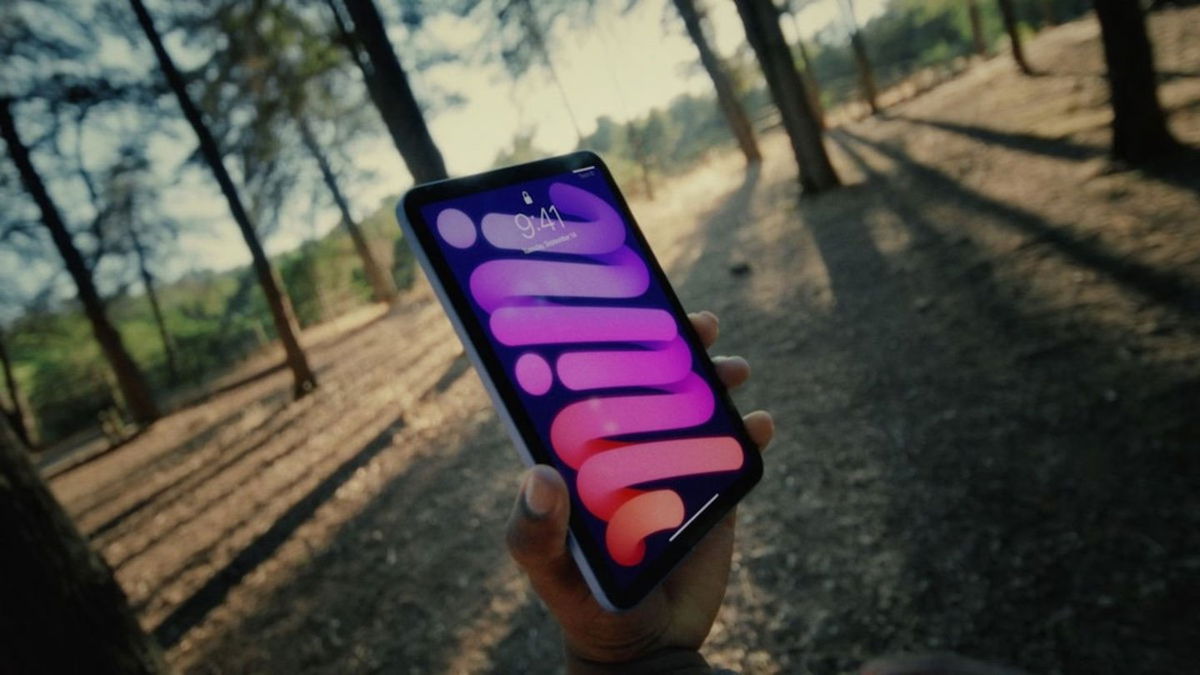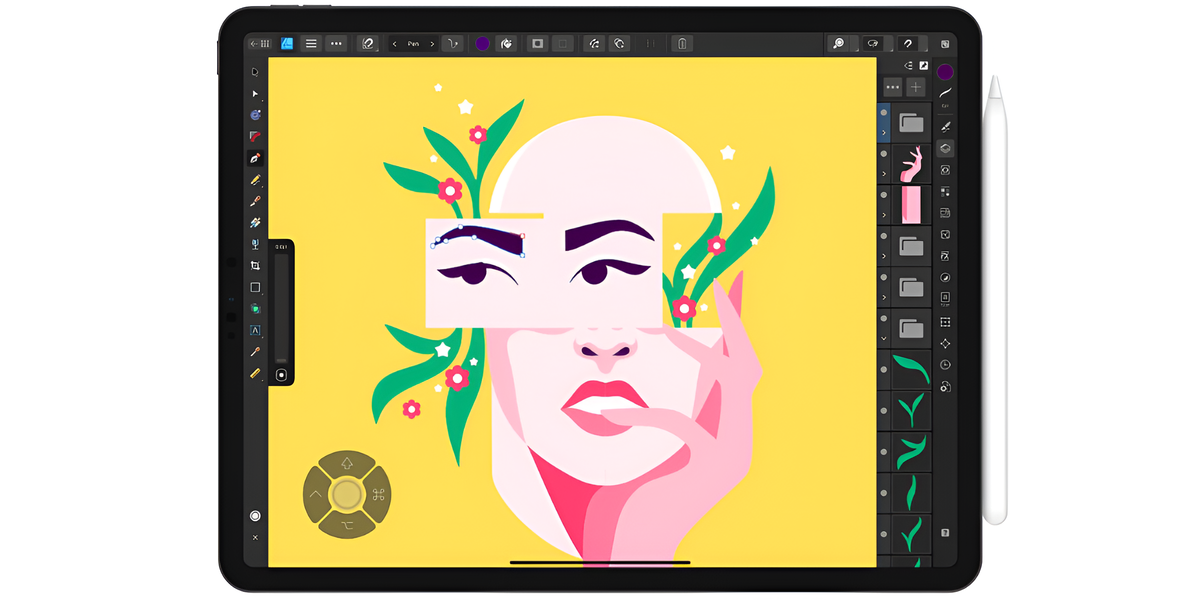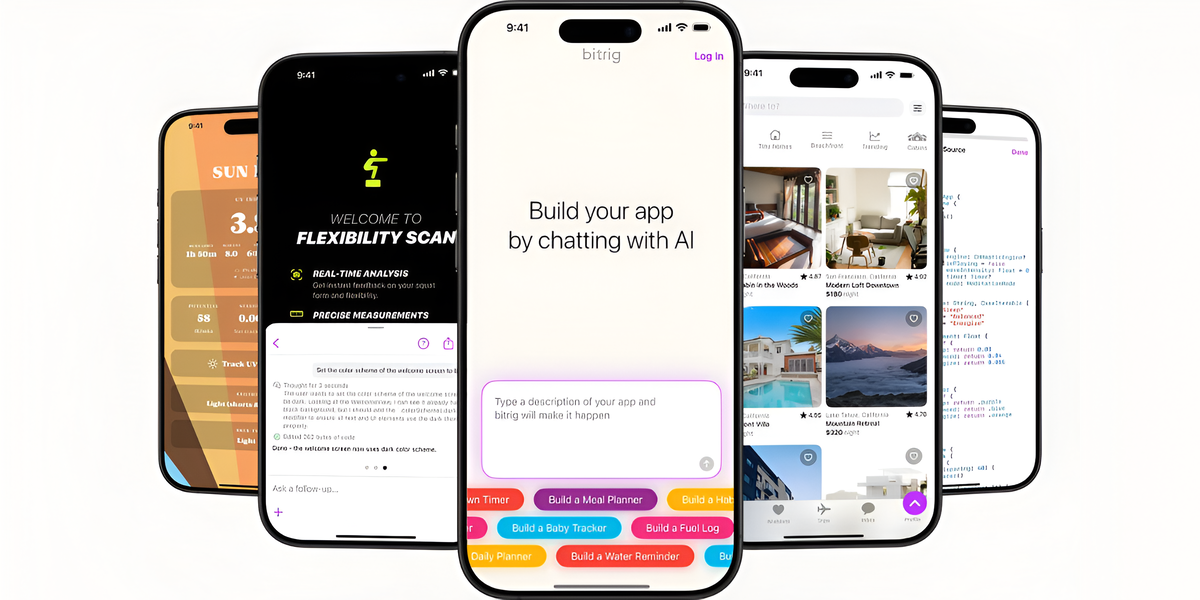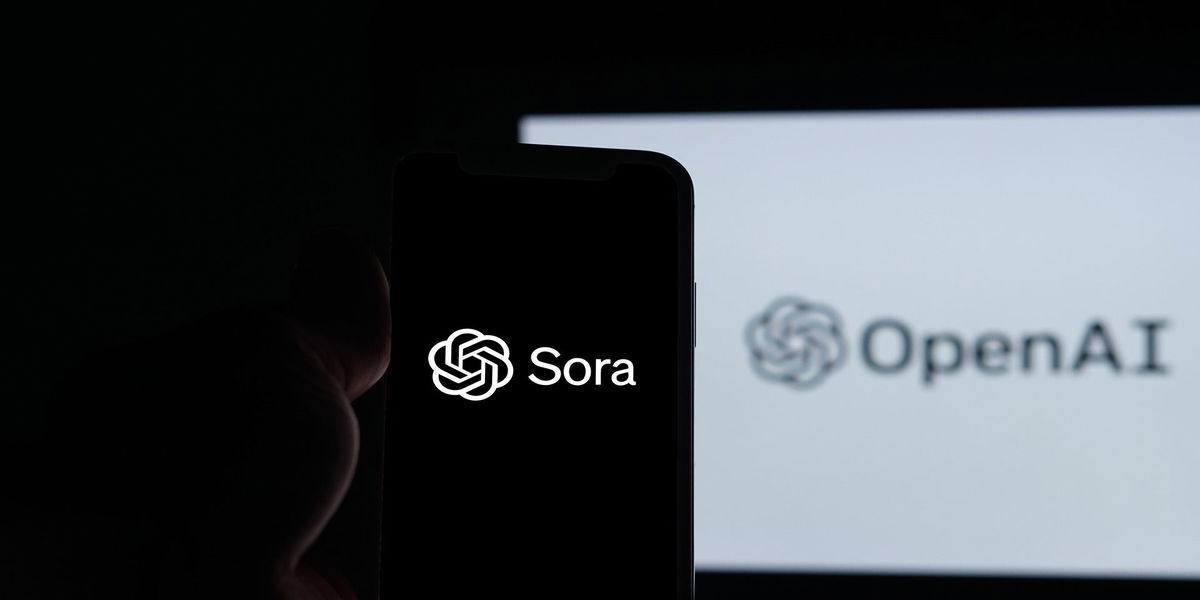More than 100,000 million messages are sent by WhatsApp every day and It’s also estimated that the average user of the app spends 38 minutes a day sending texts, images, calling or video calling.
That’s why the app, which was officially launched as a chat service for Apple’s operating system iOS in November 2009 and made available to Android users in August of the following year, has undergone various changes throughout its journey.
From time to time, the company now owned by Meta Facebook and Instagram– renews it so that its users can benefit better, and in this way continues to offer new functions.
The idea is to improve the experience in their native applications, which are already beyond mobile phones and extend to websites or computers, as well as providing more cybersecurity protection due to the amount of information they carry. These are some of the newest.
The most important of the innovations Lock a chat with fingerprint. The conversation moves from your inbox to your own folder that can only be accessed with your device’s passcode or biometrics (such as a fingerprint). It also automatically hides the content of that chat in notifications.
This way you can hide certain conversations when you need to share your phone with someone else. To block, simply tap on the name of the person or group and select ‘Block’. To view these chats, you have to slowly drag down the inbox and enter your password or Biometric data. More options will be added to this feature soon.
You can also read: Do you know how to block WhatsApp chats with your fingerprint? We explain step by step
WhatsApp launches its own app for smartwatches with technology Wear OS from Google, It is designed for Android operating systems and smart watches. The app includes features like chat messages and voice messages, but some features like watching videos and making calls may not be supported yet, but they may be available in future updates.
This feature is still in development but is supported by the operating system designed for smartwatches and other wearables. Based on Android operating system and Google and works on a variety of devices from different manufacturers, including smartwatches from Fossil, Samsung, and others.
You may be interested in: WhatsApp: what is the difference between current location and real location?
You can connect now WhatsApp account on up to three additional devices, as it connects in web browsers, tablets and desktop computers. Each connected phone connects to WhatsApp independently, providing end-to-end encryption of personal messages, media and calls. Also, all connected devices are automatically logged out if the primary device is inactive for an extended period of time. This makes it easy to send and receive messages without logging out. Also, others can reply directly to customers if you have a WhatsApp Business account.
This new desktop app for Windows loads faster and is designed with an interface that its users are already familiar with. Allows group video calls to be organized for up to eight people and voice for up to 32 people.
It offers a fully encrypted end-to-end experience that enables communication between mobile phones, computers, tablets and more across a variety of platforms; So both personal messages and multimedia files and calls will be protected, pairing devices will be faster and it offers better synchronization as well as link preview and stickers.
It is not necessary that the conversations are always available in temporary messages, but this function allows you to have texts that you can use in the future, alerts both the sender and receiver of the message, and you can choose whether other people in the chat can save the message for later.
If you decide that no one can save it, that decision is final and will be deleted when the timer expires.
A bookmark icon will be displayed next to your saved messages and you can view them organized by chat and they can be stored in the ‘Saved Messages’ folder. The change is available from April 21.
TECHNOLOGY WRITING
tecnósfera@eltiempo.com
Source: Exame













